Consonants
-

When & How to pronounce the English R
This video lesson teaches the pronunciation of the letter R in English. It covers the general ‘R’, differences between British and American English, producing the /r/ sound, linking ‘R’ between words, and intrusive ‘R’ between vowel sounds. It emphasizes personal preference over local dialect or accent. Great for improving English pronunciation. Read more
-

The 4 Pronunciations of the letter X
In this video we will go over the four different ways the letter X could be pronounced in English. Firstly, in words like “extra,” “six,” and “maximum,” “X” is pronounced as /ks/, spread across two syllables. This pronunciation consists of the unvoiced sounds of /k/ and /s/. Secondly, in words like “example” and “anxiety,” “X”… Read more
-

The 24 Consonant Sounds in English
The video provides a brief overview of the 24 English consonant sounds, categorized into 6 plosives, 9 fricatives, 2 affricates, 3 nasals, and 4 approximants. It explains their arrangement on the phonemic chart and the distinction between sounds produced at the front and back of the mouth. The video also covers voiced and voiceless consonant… Read more
-
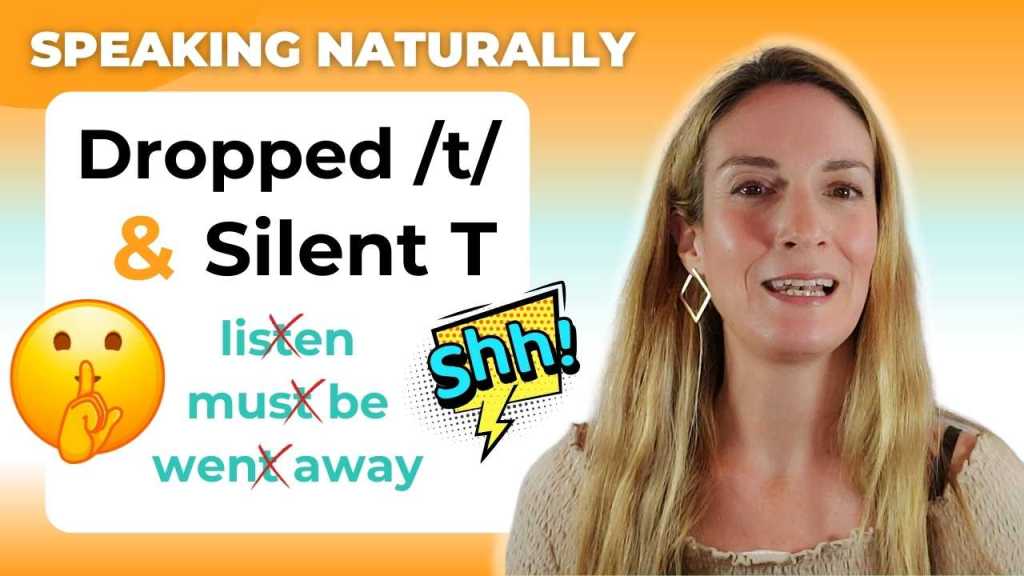
Dropped /t/ and Silent T: Linking in Pronunciation
In this video, the mystery of dropped /t/ and silent ‘T’ in English is unraveled, explaining why native speakers skip certain ‘T’ sounds. Viewers will learn tricks to make English speech sound natural, improving pronunciation for casual conversations or presentations. Simple exercises and examples help boost language skills and confidence. Read more
-

Glottal Stop /ʔ/ vs. the /h/ sound
In the video, we explore the differences between the glottal stop /ʔ/ and the sound /h/ in English. Both are voiceless glottal sounds formed at the space between the vocal cords. They share characteristics but differ in articulation. The glottal stop is a plosive, formed by a sudden release of restricted airflow, while /h/ is… Read more
-

The Glottal Stop
The video discusses the glottal stop, a special sound in English, often found in regional accents like Cockney amongst others. It’s formed in the glottis, the space between the vocal cords in the throat. The glottal stop is an unvoiced plosive sound, heard in words where it replaces the sound /t/ (T-glottalization). Difficult to hear… Read more
Looking for something specific?
-
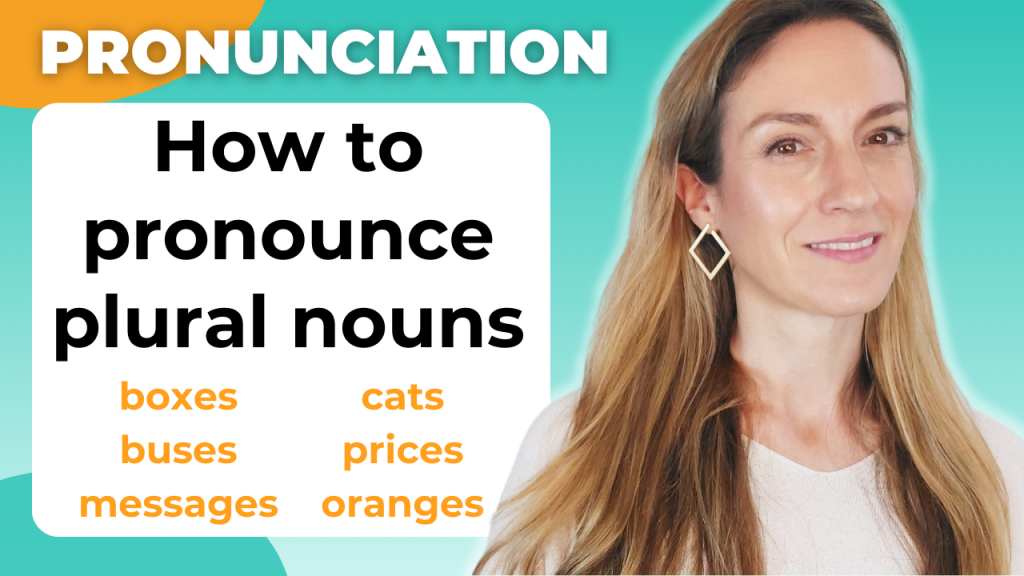
How to pronounce Plural Nouns in English
The video explores three ways to pronounce regular plural nouns in English: with an unvoiced /s/, with a voiced /z/, and with a voiced /ɪz/. It explains the reasons behind these pronunciations and provides numerous examples for improved understanding. Watch the video to enhance your pronunciation skills so listeners understand you easily. Read more
-

Light L & Dark L – The lateral approximant
The sound /l/ is a lateral approximant, also sometimes called a sonorant. It can be divided into light and dark /l/. The dark /l/ is velarized which means the back of our tongue is raised towards the velum. It occurs after a vowel or diphthong in a syllable. The light /l/ is non-velarized, also often… Read more
-

What are consonant clusters?
The video explores consonant clusters, also known as consonant compounds or blends. These are consecutive consonant sounds without a vowel in between. It discusses the rules of phonotactics in English for initial consonant clusters and final consonant clusters. The most common clusters are covered, along with opportunities for pronunciation practice. Additional practice is available in… Read more
-
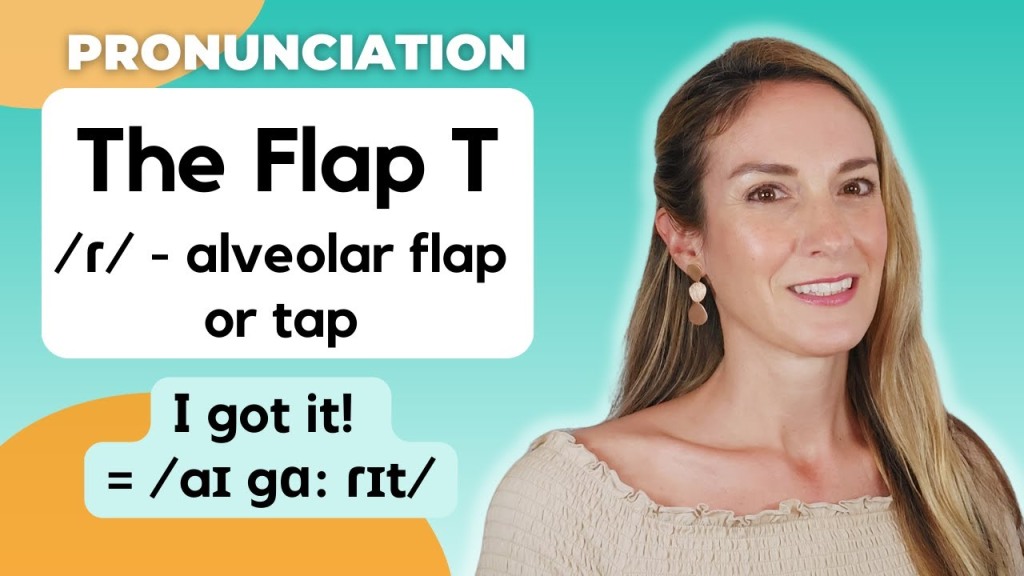
The Flap T Sound in English – Alveolar Flapping
This video teaches the flap T sound /ɾ/, which is an alternative way of pronouncing the consonant sound /t/. The new sound occurs in English spoken in North America, Australia, and New Zealand, and is a prominent feature of American pronunciation. To give your English accent an American flavor, watch this video to learn how… Read more
-
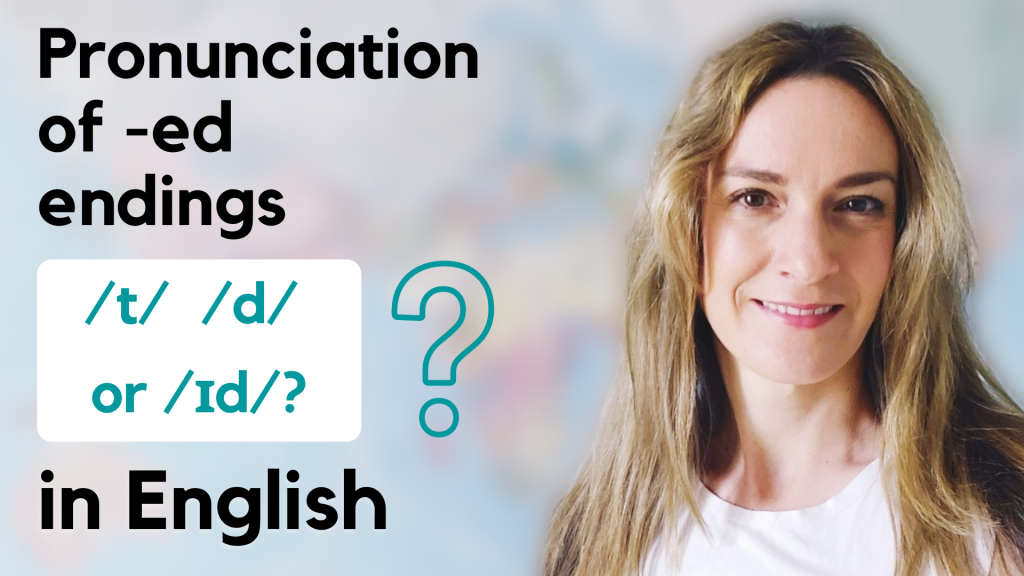
How to pronounce -ed endings in English: /t/ /d/ or /ɪd/?
The video explains the pronunciation of -ed endings in English. It clarifies that -ed endings can be pronounced as /t/, /d/, or /ɪd/. Many learners of English mistakenly pronounce it as /id/ for all words, when in fact, it varies. This pronunciation mistake can lead to confusion among the listener. The video provides guidance and… Read more
-
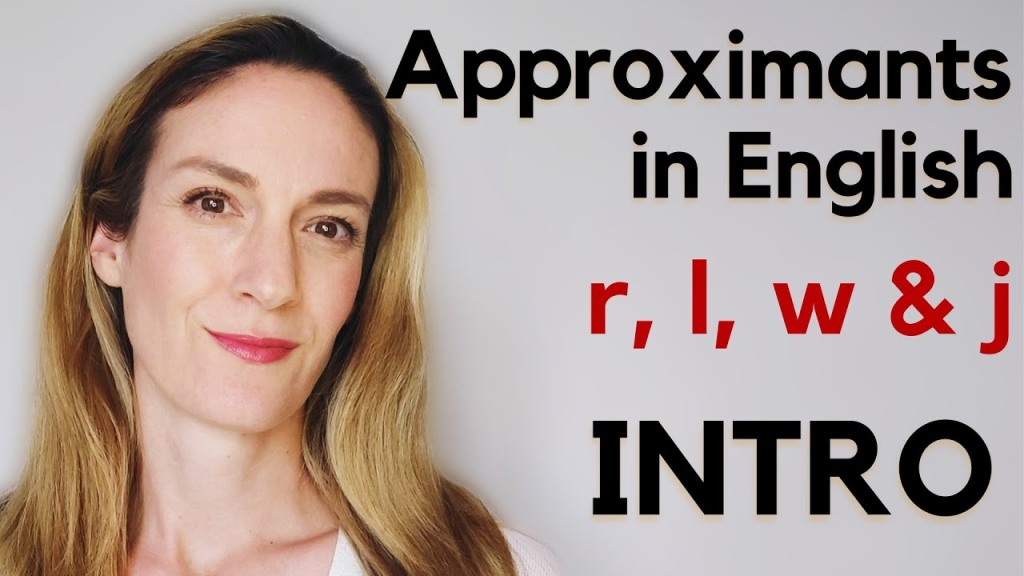
Approximant Sounds: r l w & j
This video covers the 4 voiced approximant sounds in English: /w/, /j/, /l/, and /r/, all of which are consonant sounds. It explains their formation and behaviour, highlighting the distinction between /r/ and /l/. The video also explores spelling patterns and presents minimal pairs for /l/ and /r/, concluding with a listening test. Understanding these… Read more
Billie English on YouTube
With a library of over 290 videos as of 2024, ‘Billie English’ has amassed over 100k subscribers and 6 million views on YouTube, solidifying its status as a trusted resource for English learners and phonology geeks worldwide.
In addition to its significant social media presence, Billie English offers a variety of online English classes and learning materials.


Meet Your Coach
Discover your English potential with Billie, your online accent reduction coach and English teacher. Master sounds, stress and intonation, and speak with confidence and fluency.
Our personalised classes focus on minimising native accents to ensure crystal-clear communication. Join our diverse clientele and benefit from expert guidance tailored to your individual needs, helping you become a confident English communicator and excel in your work and beyond.